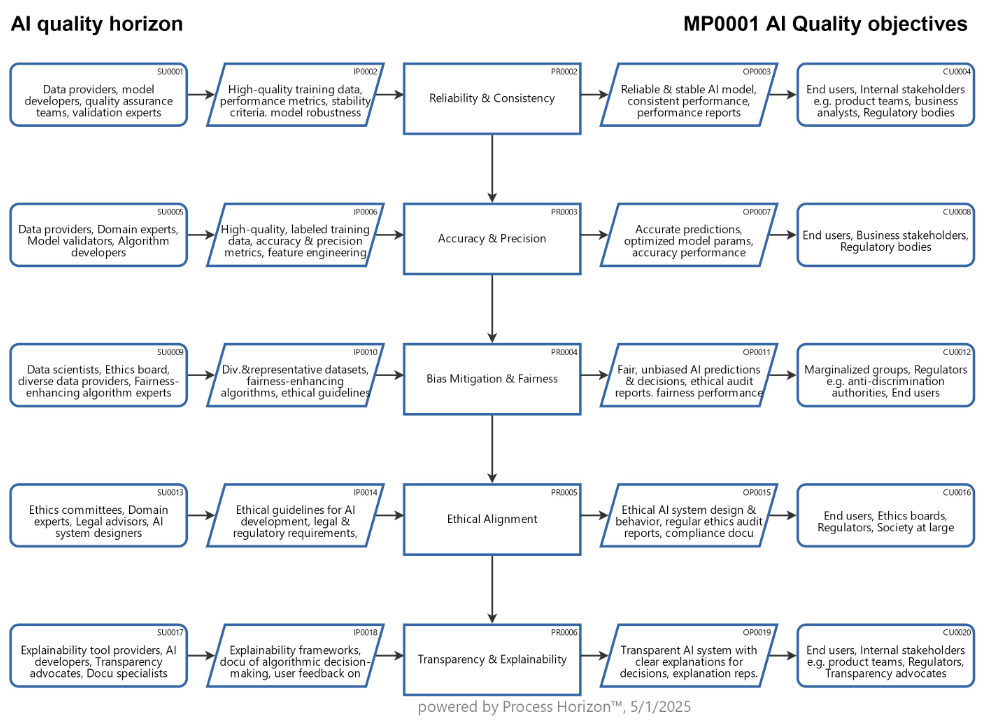Quality in AI vital to safe, responsible & accountable AI

Privacy by Design (PbD) & Quality by Design (QbD) complement each other:
- PbD ensures ethical & legal compliance, protecting users.
- QbD ensures functional excellence & trustworthiness of the AI system.
Together, they promote safe, responsible & accountable AI at every layer from what data you collect, to how you process it, to what decisions are made and how you improve over time.
QbD supports output legitimacy and to a degree, input legitimacy, by ensuring that quality, safety and performance are designed from the outset, i.e. not tested in retrospect.
The contributions of Quality by Design are as follows: - Robust Model Design: Focus on accuracy, generalizability and resilience - Bias Testing & Mitigation: Outputs are regularly evaluated for fairness - Explainability & Interpretability: Stakeholders can understand how outputs are derived - Continuous Monitoring: Outputs are evaluated and improved over time - Alignment with Purpose: Outputs serve defined, validated user needs.
PbD and QbD institutionalize trust, one by respecting rights & law (PbD), the other by ensuring effectiveness & reliability (QbD).
Quality and Quality by Design (QbD) are vital to the AI value chain because they ensure that AI systems are reliable, trustworthy, scalable and sustainable from development to deployment. In the context of the AI value chain which spans data acquisition, model development, deployment and lifecycle management, poor quality at any stage introduces risks, inefficiencies and potential harm, while high quality drives user trust, adoption and Return on Investment.
QbD turns reactive quality control into proactive quality assurance with high performance, safety and trust built-in features and not afterthoughts. It transforms AI from a risky experiment into a repeatable, scalable and value-generating process.

